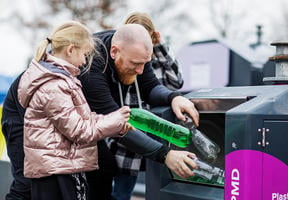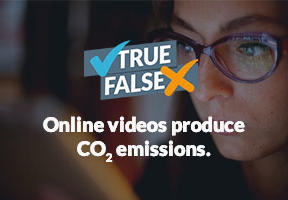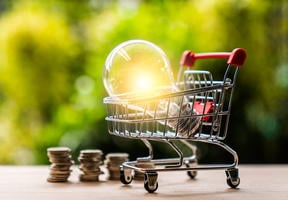The Carbon Tax in France
10 min read
France was one of 74 countries to join over 1,000 companies in creating the Carbon Pricing Leadership Coalition (CPLC) in 2014. The CPLC’s goal is to create fiscal measures or carbon emissions systems that send a price signal to consumers and economic players inducing them to curtail their CO2 emissions. The introduction of carbon legislation in France has been a long, difficult process.

© Thinkstock - Putting a price on carbon is one of the most effective ways to reduce CO2 emissions.
Finding the Right Scheme
A carbon tax is one of the most effective ways of putting a price on carbon and encouraging businesses, institutions and consumers to lower their greenhouse gas (GHG) emissions. Beyond regulations and awareness campaigns, the objective of the carbon tax is to provide an incentive for reducing activities that produce the most GHG emissions by making them more expensive. The carbon tax is one of various fiscal instruments used alongside other tools for fighting , including emissions trading systems such as the European Union scheme for industries that produce large amounts of CO2.
Actually, energy taxes have been in existence for a long time. In France, taxes (on gasoline, and heating oil) and consumption taxes (on gas and ) have been in place for many years although they weren’t initially intended to reduce GHG emissions.
Over the last 15 years, there have been sporadic efforts to impose specific energy taxes aimed at lowering emissions. In 2000, the left-wing government tried to extend a recently approved tax on polluting activities. In 2009, the right-wing government, which had just concluded its Grenelle Environment Forum, again tried to levy a fossil fuel tax. To prove that the new tax wouldn’t be used to fill the government’s coffers under the guise of protecting the environment, the revenue was to be distributed to low-income households in the form of a “green voucher”.
In both cases however, France’s Constitutional Council, the institution responsible for verifying the constitutionality of laws, rejected the bills, in full or in part, on the grounds that the proposed mechanisms – necessarily complex by nature – didn’t comply with the basic principle of ensuring equal rights for all citizens with regard to taxes.
Where France Stands Today
The idea of a climate-energy contribution resurfaced in 2014 in the form of a carbon component, which is gradually being added to the existing domestic excise tax on energy products (previously called TIPP). The climate-energy contribution is proportional to the CO2 emissions generated by the product in question1.
The purpose of the contribution is to raise the cost of fossil fuels, particularly for individual transportation and heating. In 2016, the government estimated the average annual increase at €83 (a 3% increase in consumer bills), with differences according to individual household circumstances (type of heating and vehicle, geographic location, etc.). The introduction of the carbon component has been facilitated by the steady decline in energy prices over the past few years.
In 2020, the carbon component could reach €0.09 per liter of diesel and €0.07 per liter of gasoline, excluding VAT, according to the . Gas prices would also be affected. Again, the actual impact will depend on the gross price of energy in the coming years. The question is whether the price increase will incite economic players to change their practices and consumers to alter their habits.
Calculating the Cost of a Ton of Carbon – A Tricky Task
When introducing energy taxes, countries must be careful not to make their companies less competitive in international markets by imposing prohibitively high costs in relation to countries with laxer carbon taxation policies.
Indeed, there is no single, global carbon price, nor even a common base for applying a carbon price. Prices throughout the world range from a few euros in Mexico to over €100 in Sweden. The French energy law calls for a target price of €30.5 per metric ton of CO2 in 2017 for sectors not covered by the (EU Emissions Trading System, with a subsequent rise to €56 in 2020 and €100 in 2030. These prices are subject to change depending on developments on the world stage.
As a result of international climate negotiations, there is an enhanced awareness among the different stakeholders of the need to take action. In September 2014, 74 countries and over 1,000 companies created the Carbon Pricing Leadership Coalition2 to share their experiences and coordinate their efforts.






















